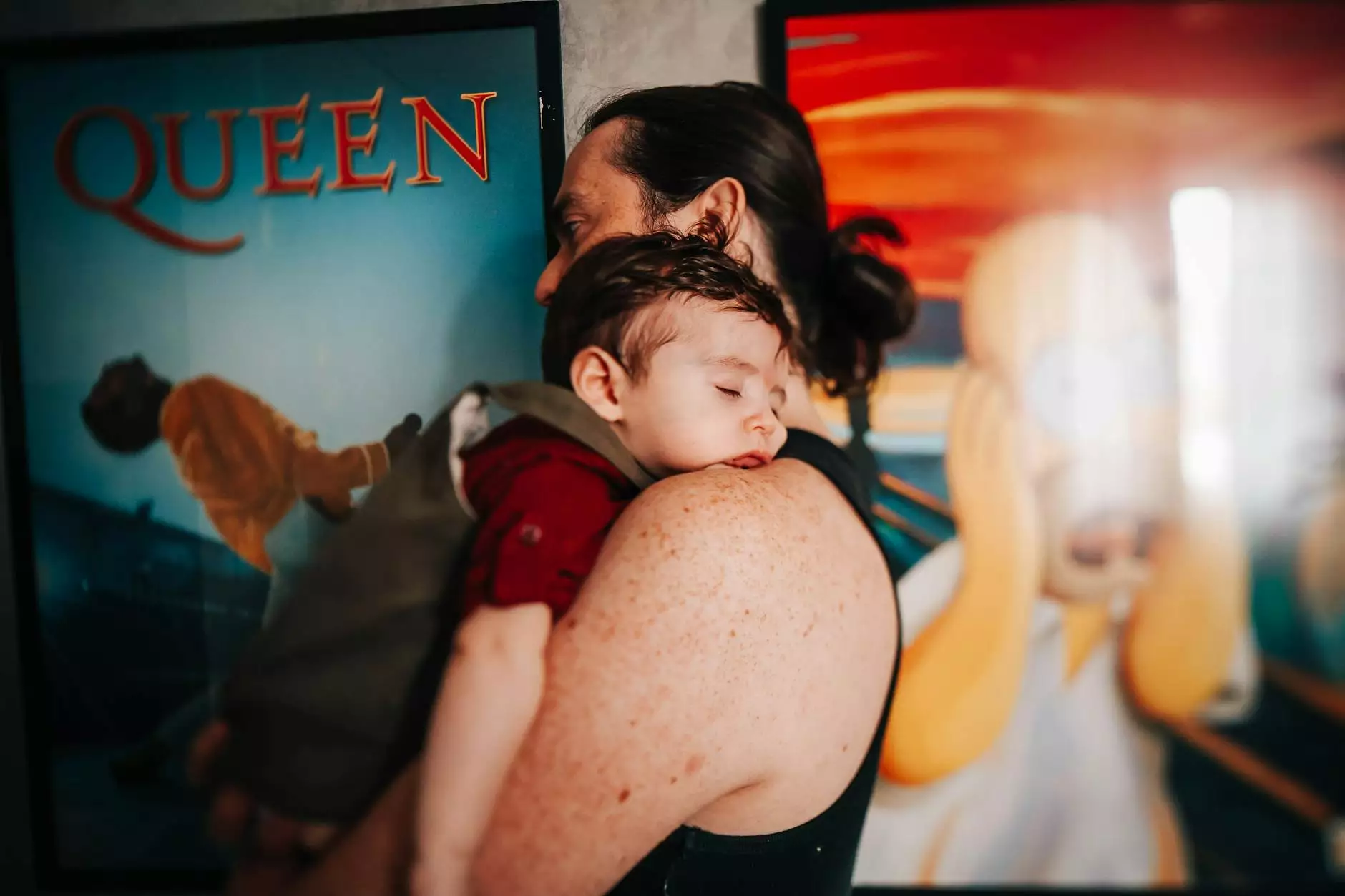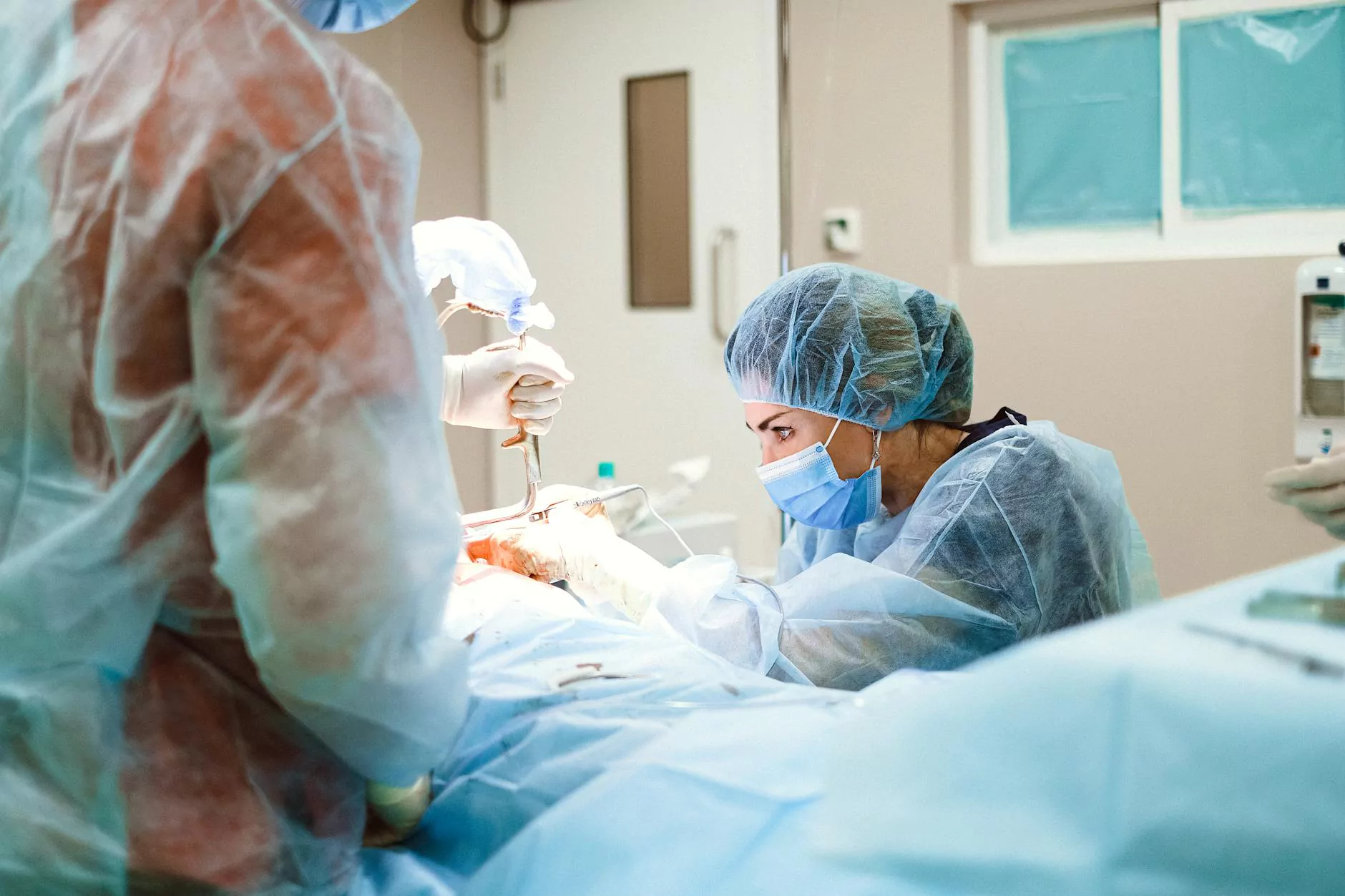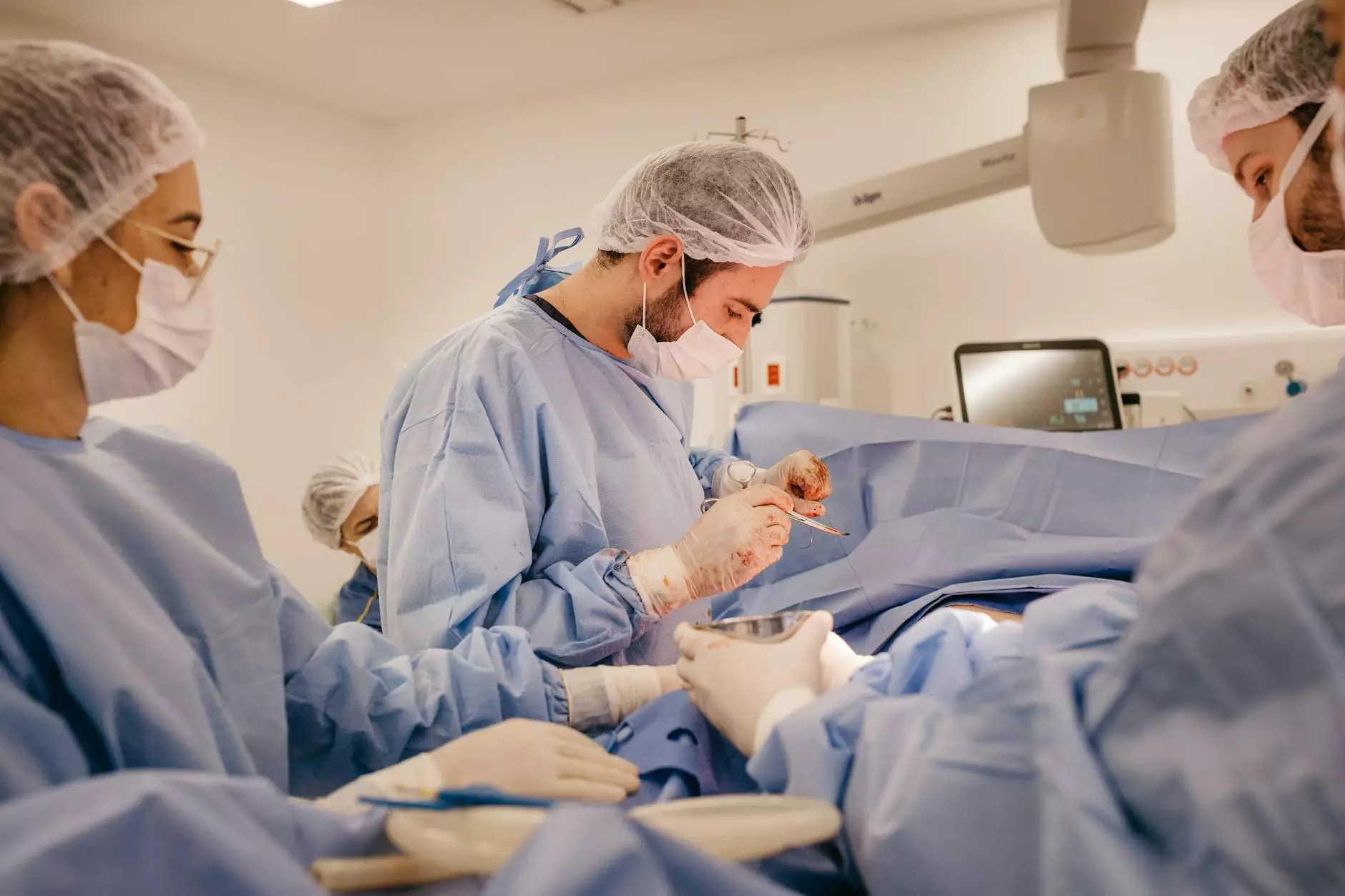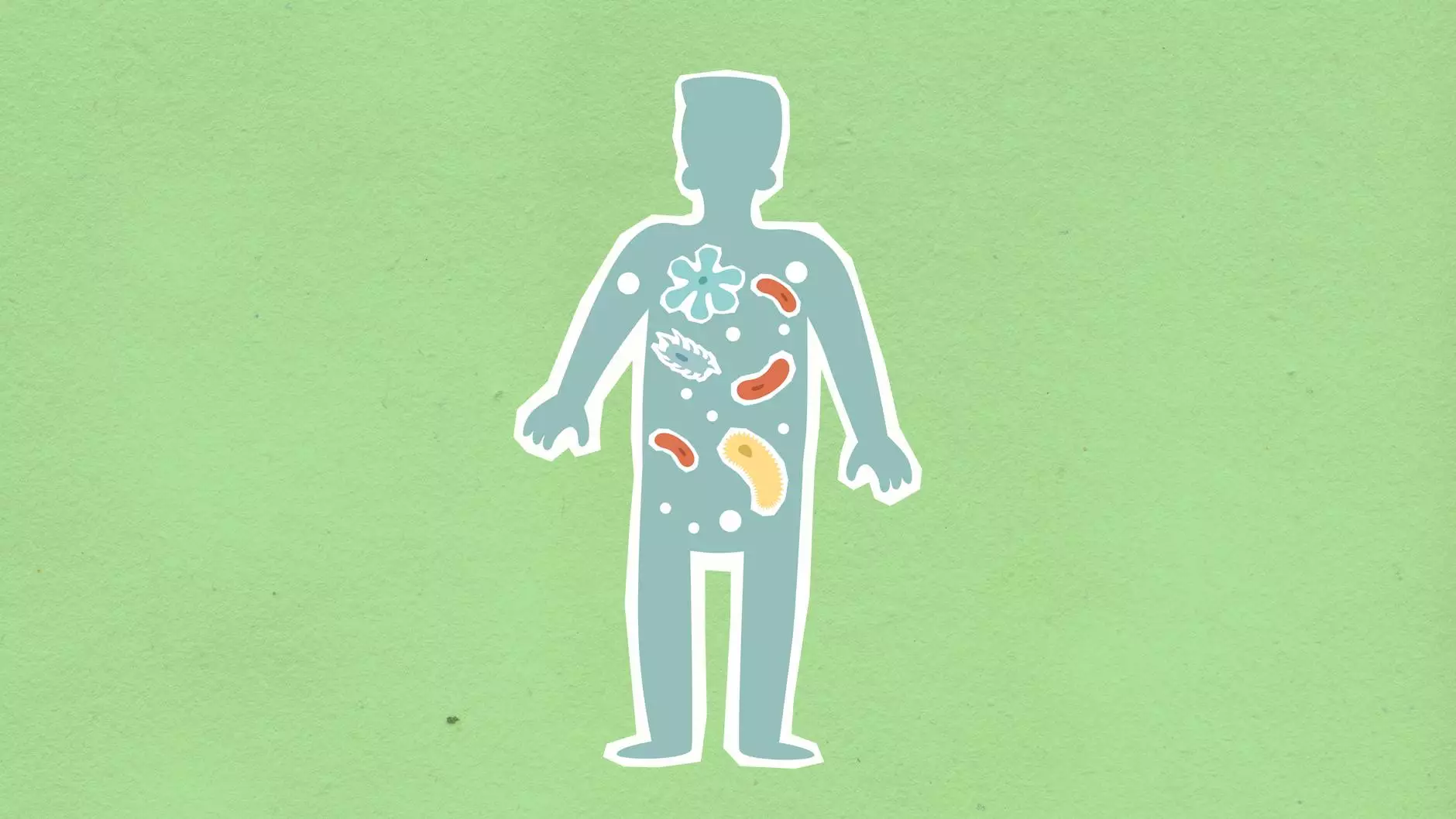OA Presentation vs OP Presentation During Labor
Case Studies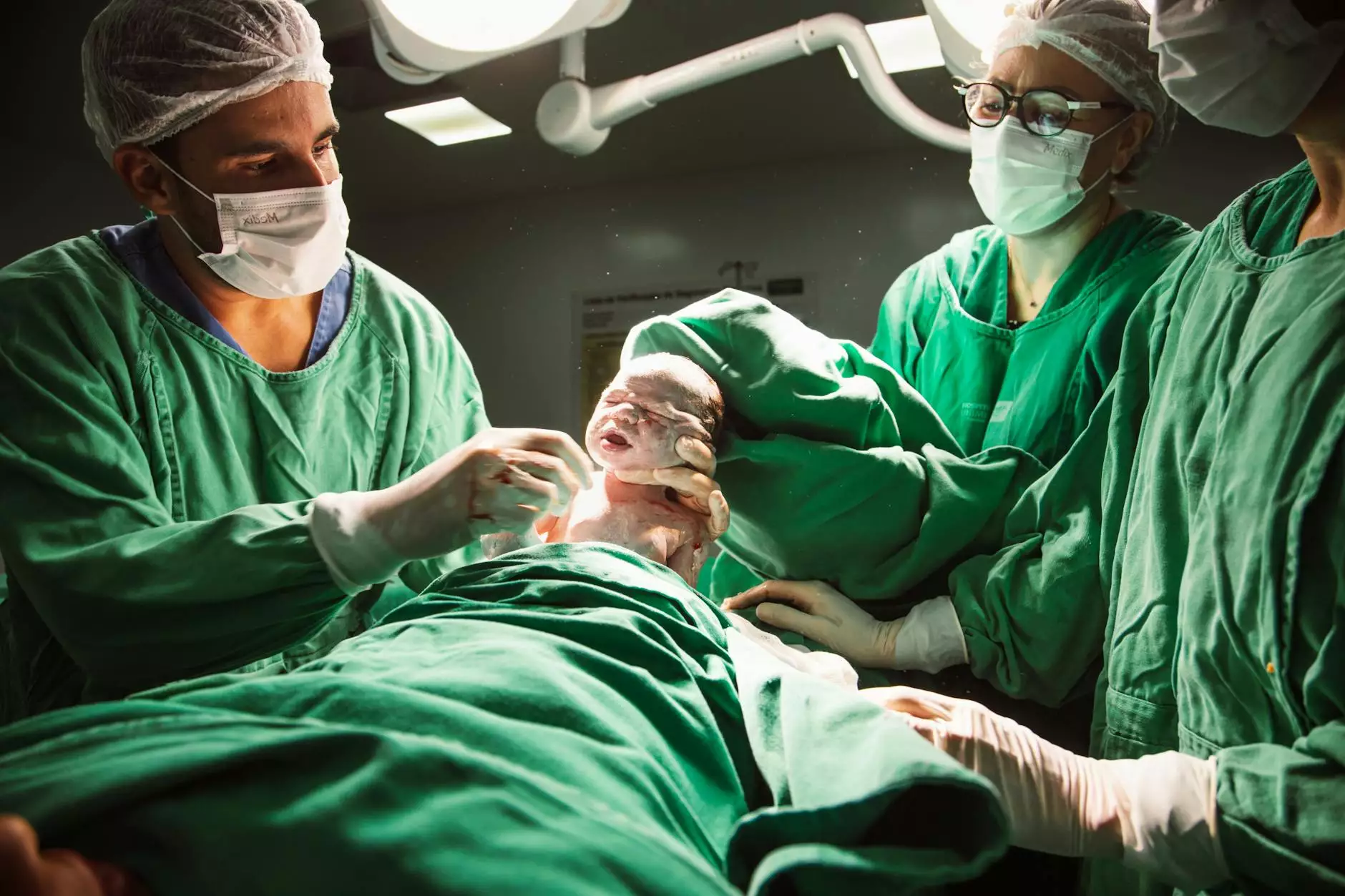
When it comes to the positions of babies during labor, two common terms you may encounter are OA and OP presentations. Understanding the differences between these positions can provide valuable insights into the labor process and its potential impact on delivery.
What is OA Position?
The acronym OA stands for Occiput Anterior, which refers to the baby's head position facing the mother's back. This position is often considered the optimal fetal position for labor and delivery as it allows for a smoother passage through the pelvis.
In the OA position, the baby's face is towards the mother's spine, and the back of the head is against the front of the pelvis. This alignment is beneficial as it facilitates engagement in the pelvis and may reduce the likelihood of prolonged labor or complications during delivery.
What is OP Position?
On the other hand, OP stands for Occiput Posterior, indicating that the baby's head is facing the mother's abdomen. This position is also known as the "sunny-side-up" position and can sometimes lead to challenges during labor and delivery.
In the OP presentation, the baby's face is towards the mother's abdomen, which can make the birth process more difficult. OP positions are associated with a higher incidence of back pain for mothers during labor and may result in longer, more arduous deliveries.
Impact of Fetal Position on Labor
The position of the baby in the womb can significantly influence the course of labor and delivery. Optimal fetal positioning, such as the OA position, can promote efficient labor progress and reduce the risk of interventions like cesarean sections.
Conversely, suboptimal positions like OP can lead to prolonged labor, increased discomfort for the mother, and a higher likelihood of medical interventions being required. Understanding fetal positions can empower expectant parents to take proactive steps to encourage optimal positioning for a smoother birth experience.
OA Presentation vs OP Presentation: Key Differences
When comparing OA presentation vs OP presentation during labor, several key differences emerge:
- Position: OA position involves the baby's head facing the mother's back, while OP position involves the baby facing the mother's abdomen.
- Impact on Labor: OA presentation is generally associated with more efficient labor progress, while OP presentation may lead to longer and more challenging deliveries.
- Risk of Interventions: OP positions often have a higher risk of interventions such as assisted vaginal deliveries or cesarean sections compared to OA positions.
Conclusion
In conclusion, understanding the differences between OA presentation and OP presentation during labor is crucial for expectant parents and healthcare providers. Encouraging optimal fetal positioning, such as the OA position, can contribute to a smoother labor and delivery experience.
By being informed about fetal positions and their implications, individuals can make informed decisions that support a positive birth experience for both mother and baby.

